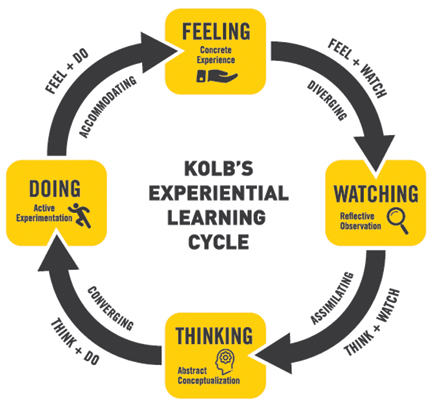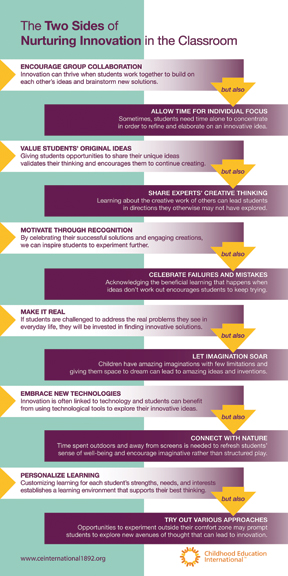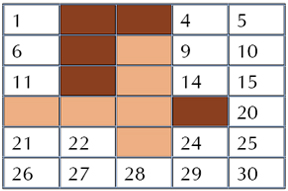Latha Vydianathan
Education empowers learners. The emphasis of effective learning in a classroom has a vital importance to keep the students engaged. There has been a lot of talk recently about “learning loss” and how students have a lot of ground to cover. The pandemic has had a major impact on the education of young people. There has been a significant loss of teaching and learning time and there are likely to be long-term impacts on learners’ educational outcomes. Everyday life during the pandemic has also raised some serious challenges for educators and young people alike. All of these challenges and many others may nonetheless be used as an opportunity to promote learners’ competencies to participate in a democratic culture. The shift from the current text-based learning to an activity-based curriculum and method of instruction for long-term development of capabilities and competencies in the learner is a welcome step to inculcate the ability of self-reliance.

Physical distancing may be a challenge while doing an activity-based project in post-COVID times. Before academics can be addressed, educators must help students heal from the trauma of the pandemic. When children play they feel happy and a lot of activity-based learning, if designed using the play-way method, can help calm them and build relationships. Our goal now has to be to rebuild relationships among students and between students and teachers. One important way is through play. For children, following directions is an important skill to learn, so how about teachers giving five minutes to children to play ‘Simon says’ outside? It takes some creativity and thought, but the rewards are extensive.
Activity-based learning is the process of learning by doing. As opposed to asking kids to simply listen and take notes, activity-based learning encourages students to actively participate in their own learning, experience through practical activities such as problem-solving and independent investigation. In addition to encouraging kids to enjoy their learning experience, activity-based learning has many benefits, including:
Helping students memorize information – Students learn and retain information. This process of gathering knowledge through personal experience (i.e., experimentation) is shown to help kids memorize and understand learning material.
Encouraging kids to be independent and inquisitive – By asking kids to work on their own and/or in small groups, this teaching method encourages students to be independently inquisitive, think critically and learn from their own experience. This self-directed learning process in turn supports their acquisition of knowledge outside (as well as inside) the educational environment.
Supporting social development – Children learn to take responsibility for their own learning experience while group-based activity work helps students develop teamwork and social skills. These skills will later prove essential to their work and social life.
Emphasizing the relevance of educational material – Children don’t always understand the relevance of learning material when simply putting pen to paper. But when doing activities, they understand the ‘real-life’ relevance of learning material and can be encouraged to explore and solve realistic problems and scenarios.
Encouraging kids to express themselves in different ways – Children learn to be creative in the way they express their knowledge. Students get to express what they have learnt by doing as well as through verbal presentations.
Although schools have little power over external crises, they have ample opportunities to work on the best ways for students to respond to the difficulties posed by the pandemic. Therefore, working on the coping component is a crucial activity that can and should be carried out at school. For this reason, activities that encourage students to share their coping strategies are provided both for pre-schoolers and older children. The suggested activities will enhance the personal growth of both students and staff through an awareness of adaptive coping strategies for dealing with the troubling situation.

The world’s big problems will not be solved by looking at only one discipline. They’re solved at the intersection of disciplines. What we believe is that instead of giving people a menu of academic disciplines, we should give them a menu of problems and challenges that the world is facing and then have them pick one and curate their learning experience around solving the chosen problem. The end goal is to impart methods of learning rather than pure content. Let’s teach them to solve problems rather than memorize facts and figures.
So, when we ask students to pick a specialization, we must state it as, “Pick a problem that you foresee or anticipate and try to solve it and thus build a learning around that.” It will give a purpose to learning and not just learning for learning’s sake. It’s about creating problem solvers, because problem-solving will always be relevant even as the world changes. Even when a machine makes your job obsolete – if you’re a problem solver, you’ll still have relevance in the world. Try this simple activity, which is both skill and competency based, mentioned below in your classroom.
Materials and preparation
• Whiteboard with a 6×5 grid drawn on it, with squares numbered 1-30 and coloured board markers.
• Vocabulary poster with words/phrases numbered 1-30.
- Using the poster (image side) elicit the topic.
- Make groups of 2-4 students each, depending on the size of your classroom (this could be left vs right) and allocate them a colour. It is not necessary for them to move seats or to be close together.
- Ask students to focus on the grid and demonstrate/explain the activity:
• The first team to get four squares (of their team’s colour) in a row is the winner.
• Play starts with a nominated student choosing a numbered square on the grid. The teacher then shows them the corresponding word or phrase from the poster.
• The student (who can confer with their team) must correctly use the given word in a sentence.
• The square is marked with the team’s colour if the sentence is correct (or their opponent’s if not).
• The opposing team then chooses a numbered square and play continues until a team gets four in a row.

Our priority today is to ensure that the curriculum, content and assessment are used as integrated elements so that we are able to help our students attain sophisticated outcomes, a prime requisite for effective contribution to society. Activity-based learning is a significant initiative that is enabling students to experience how to think, assisting them to learn in real-world ways and preparing them for their future careers. The practice of social distancing while designing, building and involving to create can be achieved by a one-degree shift which can unlock a huge change and the impacts there from can be compounded which will in turn become a habit.
The author is an educator and has a deep interest in the integration of life skills with literature for a purposeful and peaceful life. She can be reached at latha.vydianathan@yahoo.com.
Related Article
